KEYHOLE OF TIME. Chapter 3. Cinema creatures
- Marina Drozdova

- Jul 10, 2022
- 3 min read
Updated: Jul 21, 2022
Synopsis
The article relates the research of the amateur films language based on the study of L’agence régionale pour le livre et l’image Ciclic Centre-Val de Loire collection and private collections. It also describes the Keyhole of Time special program, which is being created on the basis of this research; the program is intended for film festivals and universities.
The program anacrusis is a comic horror “Cinémalgie”, 1964, Pierre De Montvallon. The author is an iconic figure for several generations of French intellectuals. He was an amateur filmmaker and the famous caricaturist. In his movie the character steps from the cinema hall onto the screen right into the hands of mythical surgeons. He’s a unique cyborg – cinema creature. And when the surgeons operate him, what emerge from his abdomen are not intestines but tangles of a movie film. For new generations the film is an encyclopedic clownery about movie production.
Once Marcel L’ Herbier interviewed Pierre De Montvallon and asked: “What attracts you to amateur filmmaking?” – “It rids one of other stupid occupations and grants many illusions. And this is such an amazing little time machine…”
Dali’s freaks in December, 1959 – “Dali présente ovocipède”, 1959, filmed by Joseph Foret. Fragments from a full length amateur movie epic “Apocalypse de Saint-Jean“. During that period Dali presented himself as a paranoiac criticizing the bourgeois boredom. In the Paris Ice Palace, he demonstrates a plastic ball, 1.4 meter in diameter, which was “a projection of a prenatal vision”. Viewers can admire Dali in a silver-plated suit of an extraterrestrial, his moustache, walking cane and carnival escapades.
Joseph Foret at that moment was publishing the world’s most heavy and expensive book - Apocalypse de Saint-Jean. It is kept at the Pompidou Centre in Paris. While making lithographs for the edition, Dali used the “Zinger” sewing machine needle – and that’s why its appearance on the screen looks meaningless only at first sight.
The episode “Autour d’une femme dans un pavillon”, 1961, Marcel Bellanger. The filmmaker just enjoys watching his wife’s face. This, too, is a plot, why not? He follows her smile, but it fades away. So the camera lens has to do with a garden gnome, a flower and a bustle in the street.
Another French episode “Quand le CBA bouge à Lapan”, 1949, Guy Magdelein: a group of movie fans and their families come out into the open air for a picnic on the grass. They start with tasting and end with somersaults, normal scenes of merrymaking in Jean Renoir style.
In our Keyhole of Time program the scenes that look transient are nearly forgotten nuances of everyday life that very infrequently can be found in the documentary films of its time. Here comes to mind Nabokov’s professor Pnin, who intended to write La Grande Histoire, a work of great connections between events, in the form of miniature literary anecdotes and rare diary entries. We are trying to do the same in our program.
Young and talented mathematician and composer Ivan Garjkavuy is creating the original soundtrack.
A small addition. If only that mythical surgeon from “Cinémalgie” (see above) cut open a modern movie fan, he would find not a tangle of film prints, but endless zeros and digits of the binary code, and millions of selfie images that they form.

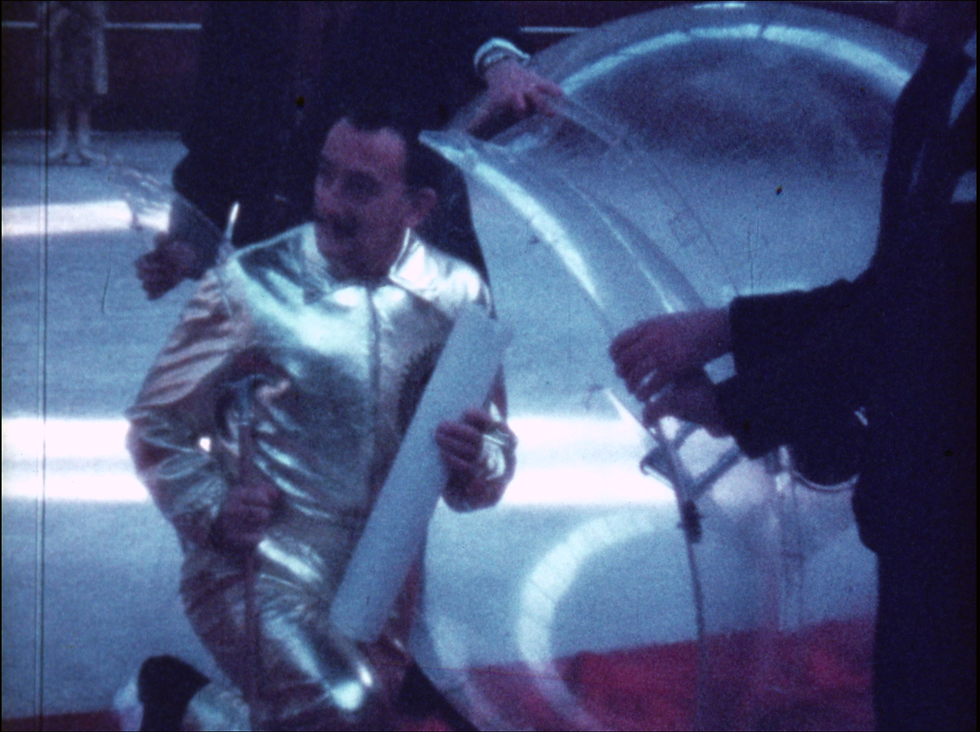
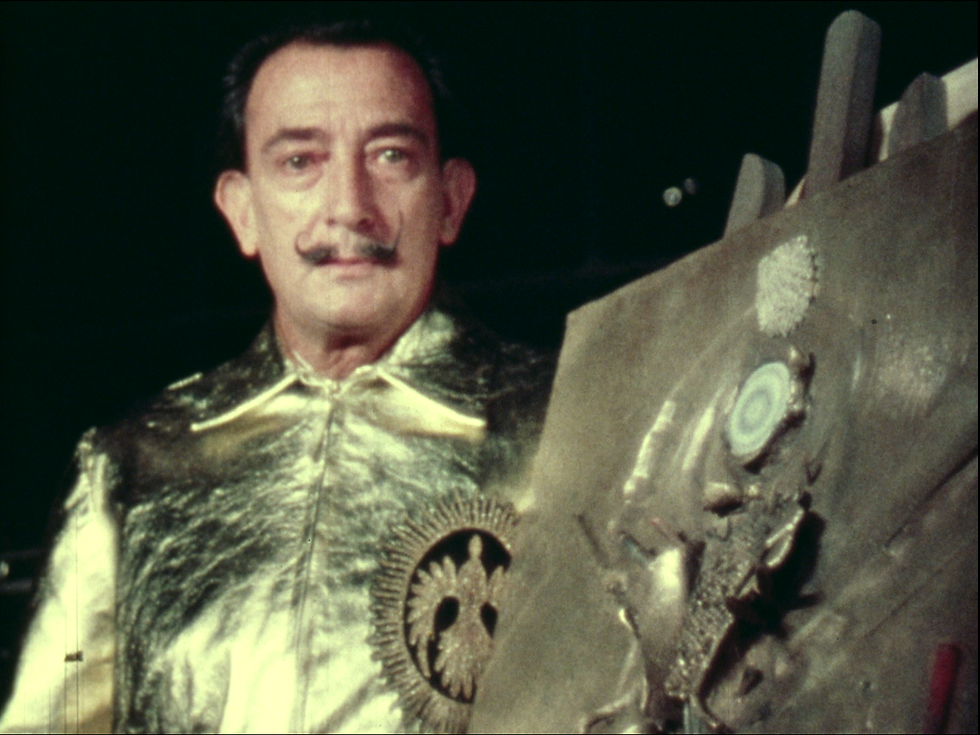
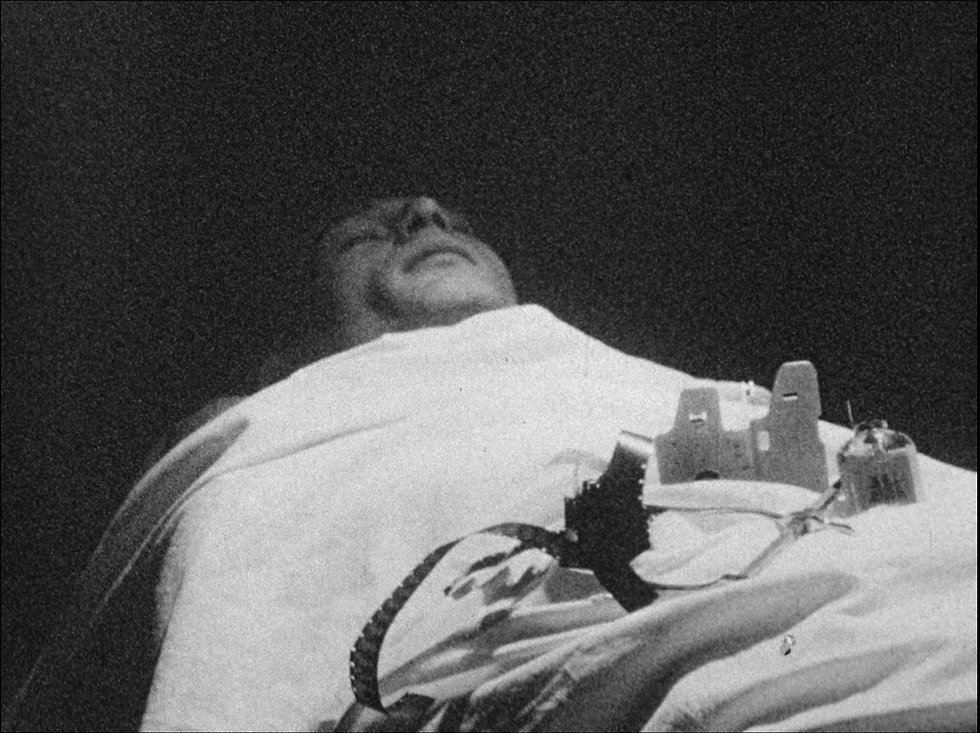
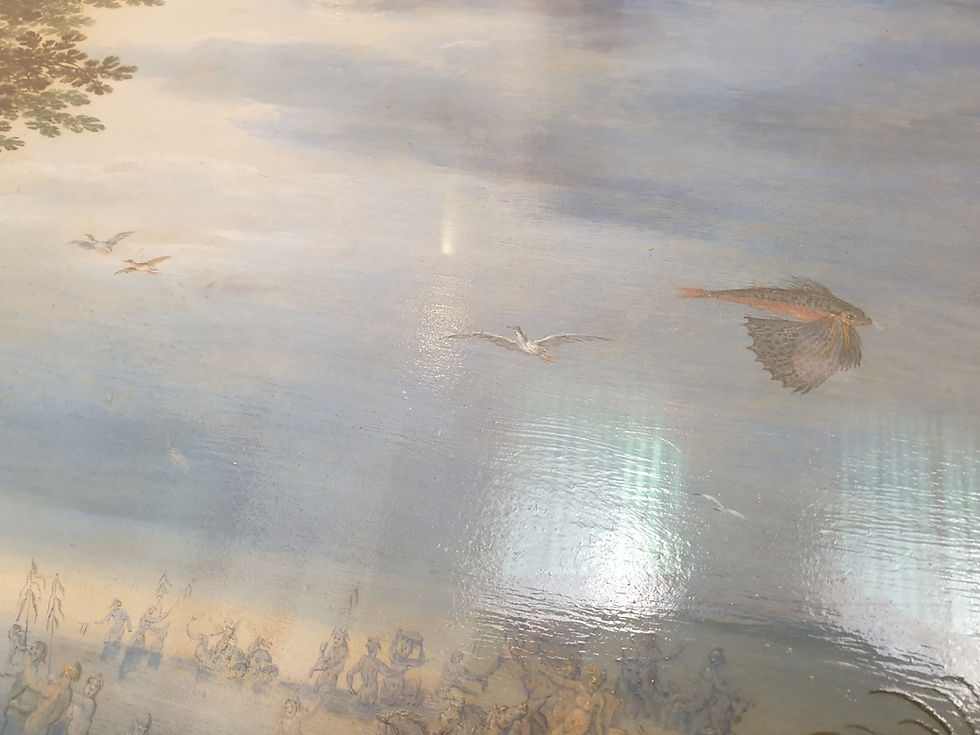
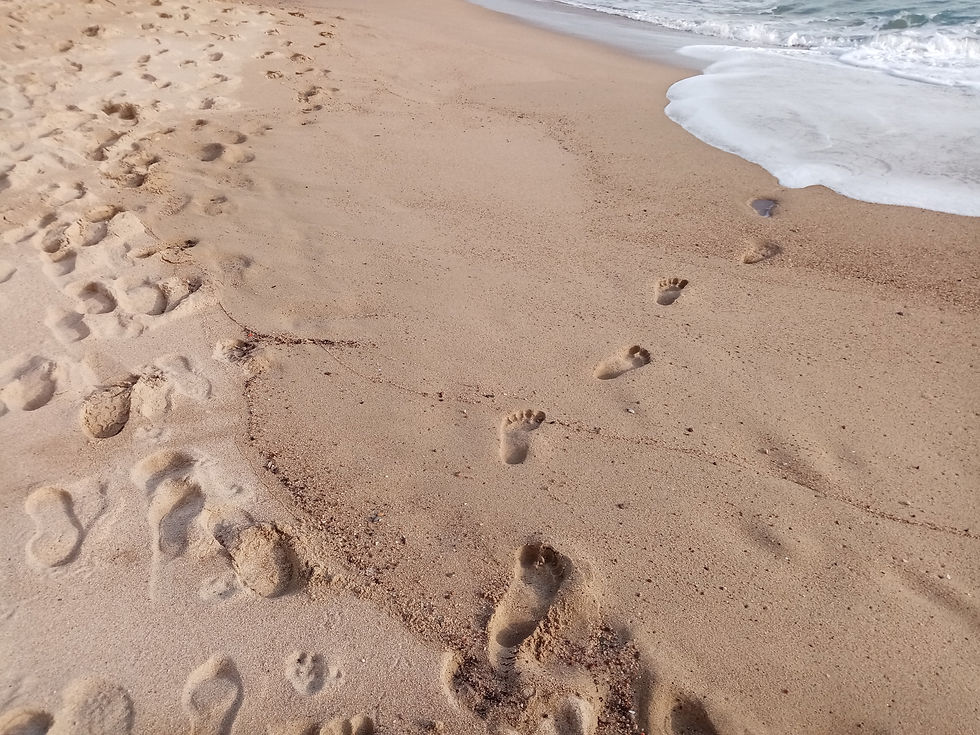
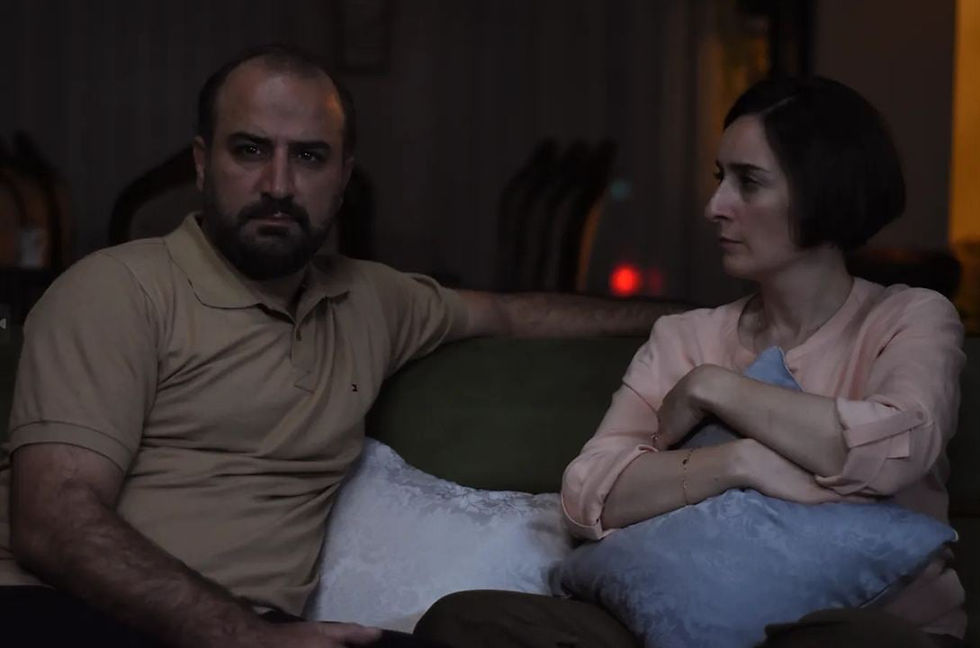
Comments